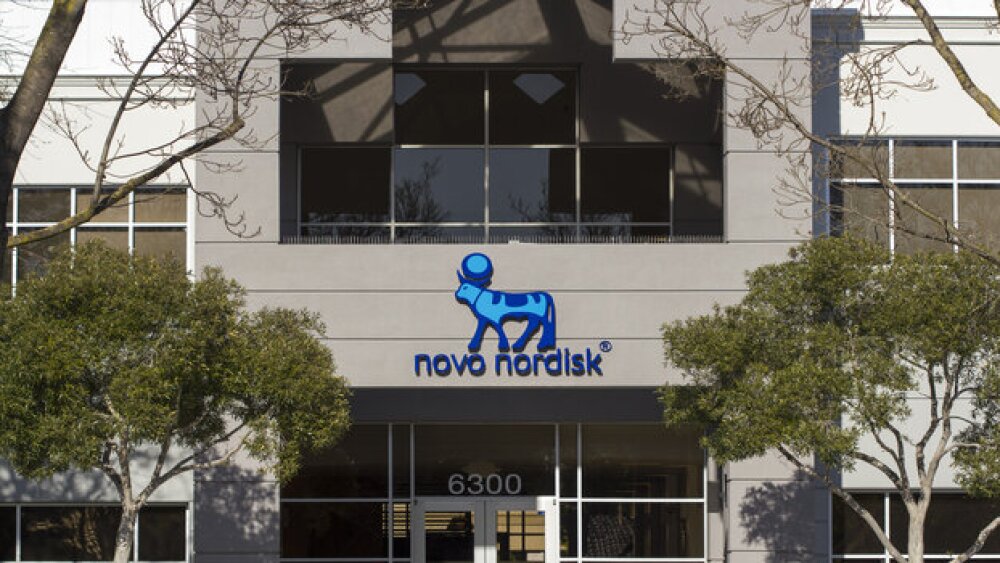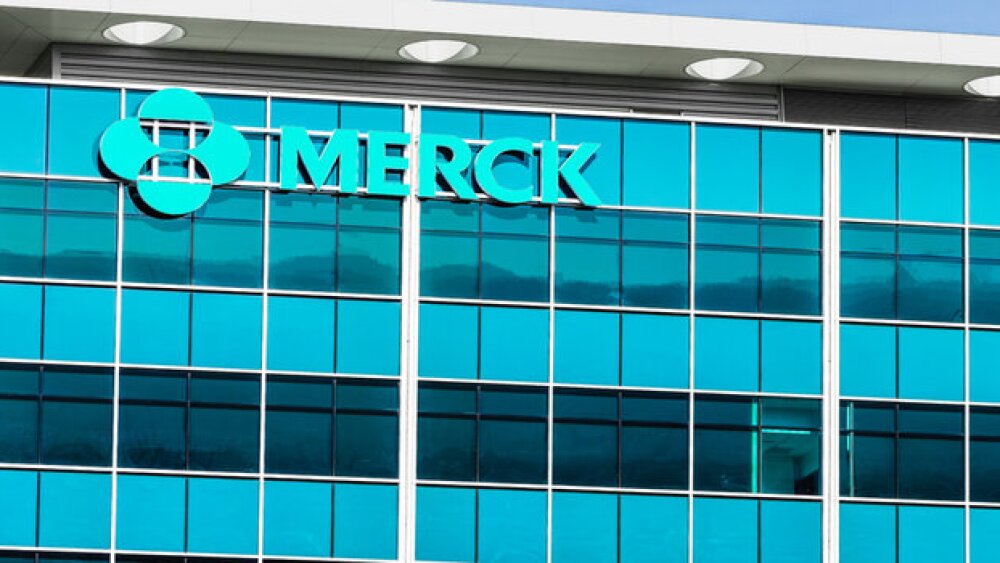The small molecule drug, acquired by Jazz Pharmaceuticals in its $935 million Chimerix pick-up this spring, is intended for relapsed adult and pediatric patients with H3 K27M mutations.
The FDA gave an accelerated thumbs up Wednesday to Jazz Pharmaceuticals’ dordaviprone for the treatment of certain types of gliomas, the first drug ever approved for the indication. The approval came through nearly two weeks ahead of its Aug. 18 PDUFA date.
The drug, which will be marketed under the name Modeyso, is approved for adult and pediatric patients one year of age and older with diffuse midline glioma with an H3 K27M mutation who have progressed after prior treatments.
Modeyso came to Jazz through its $935 million acquisition of Chimerix this March.
The median overall survival for this kind of cancer is one year. The approval was supported by data from 50 adult and pediatric patients across five Phase I and Phase II trials, in which Modeyso elicited an objective response (ORR) of 22% and median duration of response (DOR) of 10.3 months.
“These responses can be quick, durable and meaningful to these patients,” Joshua Allen, Chimerix’s chief scientific officer, told BioSpace in an interview prior to the approval. Allen was part of the team that discovered dordaviprone as a graduate student at the University of Pennsylvania.
Modeyso’s safety label includes precautions on embryo-fetal toxicity, hypersensitivity and heart rhythm disorders. Jazz is conducting a confirmatory Phase III trial, which is expected to be complete in August 2026, according to Clinicaltrials.gov. These patients will receive the drug in a frontline setting, before they have experienced a relapse from prior treatment.
Over the past few decades, treatment options for gliomas have remained stagnant, and chemotherapeutic options have all fallen short. “The standard of care hasn’t changed at all. It includes surgery and radiation therapy. Other therapies have been tried but none are approved,” Rob Iannone, chief medical officer at Jazz, told BioSpace prior to the approval, echoing a sentiment he previously expressed on the sidelines of ASCO 2025 in May.
“[25 years ago] I treated patients with high-grade gliomas. Debulking surgeries and radiation therapy was standard of care back then,” he told BioSpace at the conference. “Here we are 25 years later, and the standard of care is debulking surgery and radiation.”
“There’s just been no response in other therapies,” Allen agreed. “It’s really a first for this disease.”
Both Iannone and Allen highlighted the importance of the basic cancer biology research that undergirds dordaviprone’s mechanism of action. The K27M mutation occurs in histones, proteins that DNA is wrapped tightly around as a sort of molecular spool. The mutation abolishes an epigenetic mechanism that turns off associated genes, leading to runaway genetic expression and tumor progression.
“Dordaviprone reverses that,” Allen said.
Previously, the only therapeutic option for this type of glioma has been brain surgery and radiation, which is considered palliative. Modeyso’s success can be chalked up to the novel mechanism in this setting. While targeting epigenetics has previously succeeded with other cancers, it’s a first for gliomas.
“It’s thrilling to bring a new treatment to families who are grappling with such a difficult situation,” Allen said.






